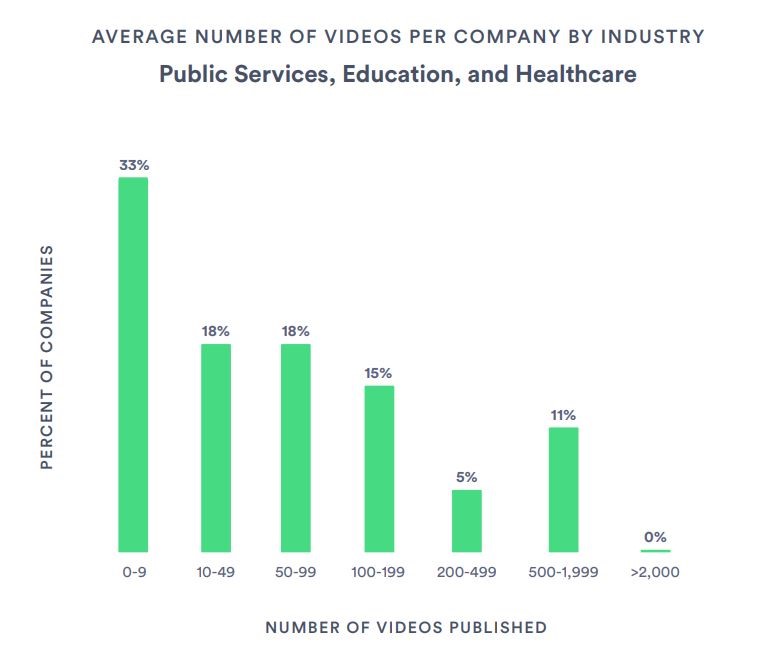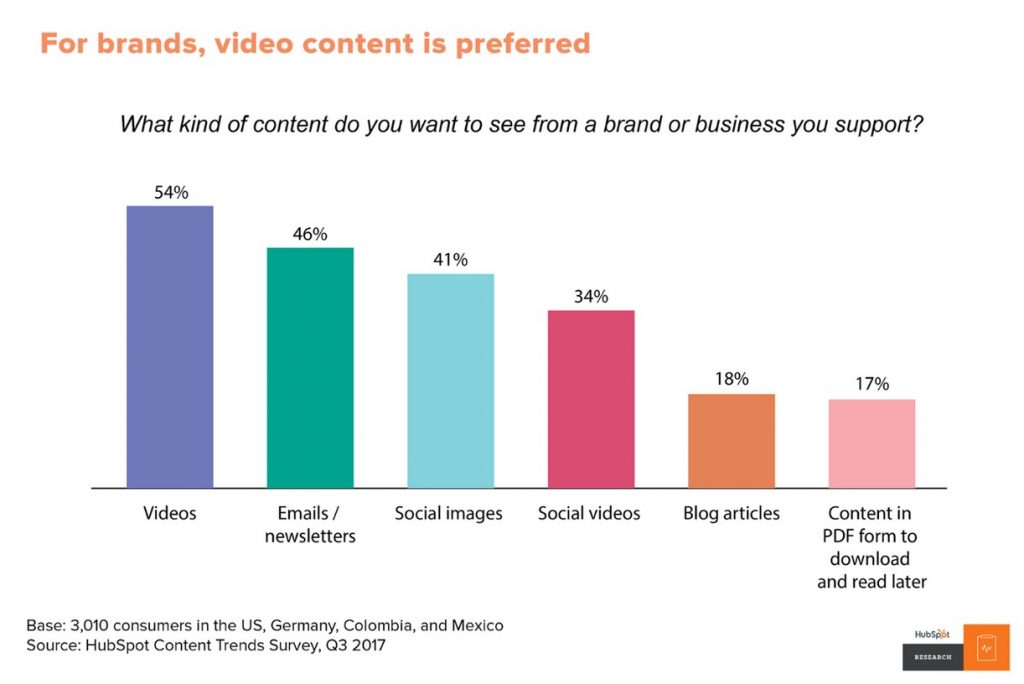Video Content Can Really Boost your Healthcare Brand’s Social Media Strategy

Scrolling through your feed on any social media platform tells you one of the most important things you need to know about social content: video grabs your attention. This is exactly why, after pointing to how important video has become on every platform and channel, Hubspot says, “Brands need a video marketing strategy.”
Many brands – including healthcare brands and organizations – understand this and regularly incorporate video into their content marketing strategies. A quick peek across social platforms such as Facebook, Twitter and YouTube show us that healthcare organizations of all sizes are using video to create compelling content and tell different types of stories.
Here are a few examples:
Aetna’s series of mindfulness videos are good examples of content that can connect well across their targeted audiences. The videos are part the health insurer’s mindfulness-based wellness program. Below is a video for parents to introduce their kids to mindfulness with this fun breathing exercise.
Other examples of topics include tips and best practices such as desk exercises to do at work or, as shown below, to tell a story. Aetna followed around Ilana Wiles, a blogger known for her site and social content called Mommy Shorts. She talks about balancing work and family, mindfulness tips and also weaves in home videos of her and her daughters to make this video very compelling and very relatable.
Walgreens teamed up with the Skin Cancer Foundation to put together an awareness campaign about skin health this summer. The goal is to educate the public about skin cancer risks and early detection. Along with interactive community-focused health events, free resources to help people protect their skin and promotions, Walgreens has incorporated short videos into their Twitter feed. The two examples below have different narratives and are geared toward different age groups, but they are all centered around protecting your skin.
Videos can be of varying lengths, however it’s important to note that consumers lack patience. According to Hubspot, 56% of all videos published in the last year are less than 2 minutes long. The Mayo Clinic took note of this. Their series of Mayo Clinic Minute videos on their regularly updated Facebook page and YouTube channel go over a wide variety of topics from eating more vegetables to learning CPR to meditation. A recent example is shown below.
Like other hospital and health systems, the Mayo Clinic also makes use of live video streaming for Q&As. According to this eConsultancy article, others are using Facebook Live for community outreach events like ‘ask a doctor’ sessions, lectures, medical procedures, fundraisers and guided tours.
This spontaneous review of different social videos demonstrates that this approach works for a variety of healthcare brands. Videos should be effectively branded and professionally produced, but they don’t have to be fancy or complicated, making it so that healthcare organizations should feel confident that they can adopt – and afford! – a similar strategy.
A benchmark report from Vidyard says that public services, education and healthcare companies published an average of 143 videos each in 2018 and “businesses with 31 to 200 employees create nearly as many videos as companies between 600 and 5,000 team members.”

Here’s why healthcare brands are using video content:
- Video works. Buffer reports that “Facebook video receives, on average, 135 percent more organic reach than a Facebook photo.” And in Why Video Is Exploding on Social Media in 2019, Wyzowl says, “Of the 84 percent of marketers who have published video content on Facebook, 85 percent found it to be an effective strategy.”
- Consumers want video. Vidyard found that “where both video and text are available on the same page, 72% of people would rather use video to learn about a product or service.” And according to HubSpot, “more than 50% of consumers want to see videos from brands … more than any other type of content.”

- Video is dominating the internet *and* social content. As reported by the Content Marketing Institute, “By 2021, 82% of consumer internet traffic will be video.” And the Vidyard benchmark data shows that social media videos are the third most popular kind of content created (behind webinars and demos) and social platforms are the second most popular place to publish video (after websites but ahead of YouTube).
As you consider use of video in your own social content strategy, be sure to investigate and adopt best practices, such as applying your brand’s look, tone and feel and keeping them short – as in less than a minute in most cases (here are ideal social media video lengths recommended by Hubspot). It’s also important to remember that the overwhelming majority of social media users watch videos with the sound off (85% according to Digiday and 95% in Hubspot’s own experience). This means the video must tell the story with images alone or with copy (in the form of animated text and/or captions).
It’s been over two years since we’ve introduced our ‘Video Content Marketing for Health Insurers Series.’ Since that time, we’ve seen the use of video continue to rise, and for good reason. We encourage you to revisit that blog series to see how health insurers around the country are using video to communicate, educate and provide support.









